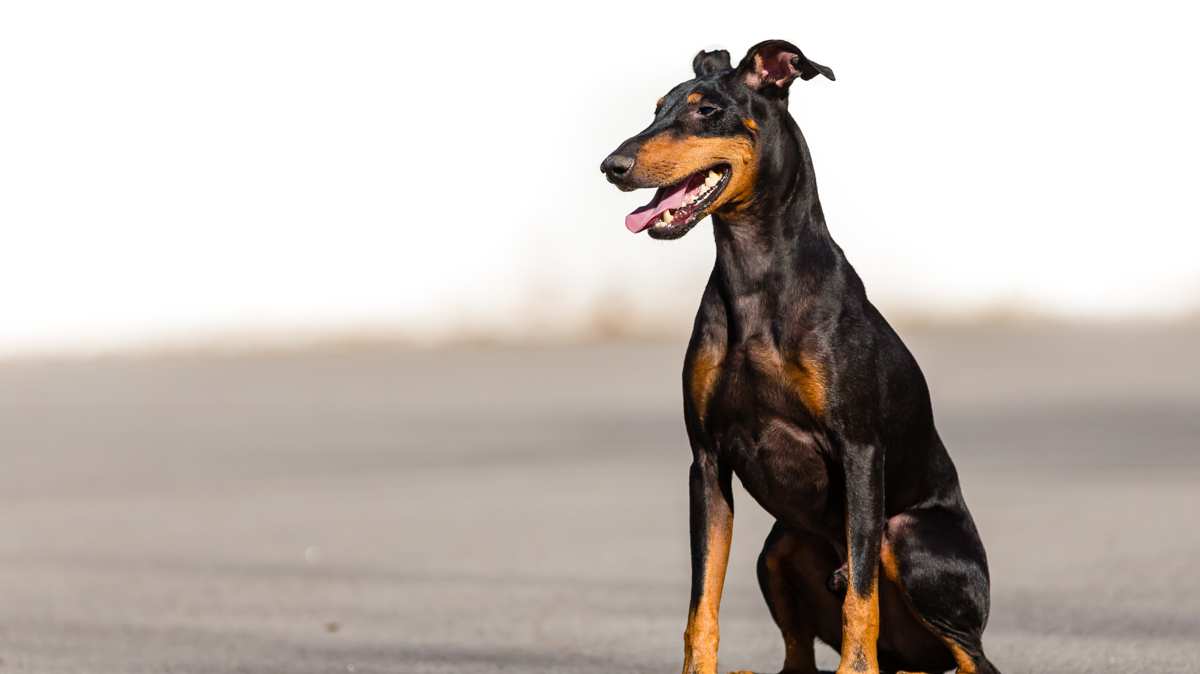Manchester Terrier Breed Details
The Manchester Terrier, like its name suggests, is a member of the Terrier group of breeds. These dogs originated in England in the early nineteenth century, and were used primarily as rat-hunters; the breed's classic terrier demeanor--intelligent, spirited, and independent--makes Manchesters best suited for active families who are capable of handling their scrappy personalities.
Some Manchester Terrier facts: these dogs are small-sized (height at the shoulders averages 15 inches, and weight 16 pounds), with short-haired, sleek coats that are always black (and often have tan markings). Here are some good (and not so good) qualities of these spunky little animals:
PROS:
- Very intelligent
- Devoted and loyal to family
- Adapts well to apartment life
- Minimal grooming required
- Excellent watchdog ability
- Socializes well with children (particularly older ones)
- Outgoing and social with both family and strangers
- Excels in agility/obedience trials
- Relatively long lifespan (14-16 years)
- Sheds only moderately
CONS:
- Can be stubborn and strong-willed
- High exercise requirements
- High prey drive; will chase (and possibly injure) smaller pets
- Might be difficult to train
- Frequent barking tendency
- Can bark and turn destructive if left alone for extended periods
- Will need early/frequent socialization with kids and other pets
- High tendency for obesity if under-exercised

